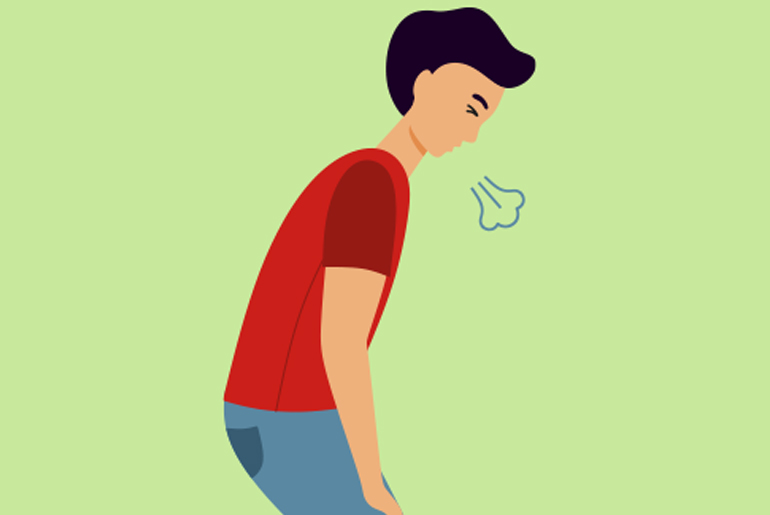If you find yourself out of breath while walking, it can be a sign of underlying issues that need attention. It’s important to understand the reasons behind this difficulty in breathing to address it effectively. Common causes include poor physical fitness, respiratory conditions like asthma, cardiovascular problems, or walking at an excessively fast pace. Identifying the root cause is crucial for making appropriate adjustments to your walking routine.
Improving your physical fitness gradually, managing respiratory conditions with proper medication, and adjusting your walking pace to a comfortable level can help alleviate breathlessness. By addressing these factors, you can enhance your walking experience, breathe more easily, and enjoy your walks more fully.
Start Slowly:
When beginning a walking routine or resuming after a break, start with a slow, comfortable pace to avoid sudden pressure on your body. Choose a pace where you don’t get out of breath. Gradually increase the duration and intensity of your walks as your fitness level improves.
Effective Breathing Techniques
Practicing deep, diaphragmatic breathing is crucial. Instead of shallow chest breathing, focus on deep breaths into your abdomen. This type of breathing increases oxygen intake and helps control your breathing, reducing the feeling of breathlessness.
Correct Posture:
Maintaining proper posture while walking can enhance your breathing capacity. Stand with your back straight, shoulders pulled back, and head aligned with your spine. Avoid slouching, as it can compress your lungs and make breathing difficult. Engaging your abdominal muscles helps stabilize your torso and promotes better lung function.
Additional Tips:
- Take Breaks: Initially, take breaks during your walks to avoid overexertion.
- Stay Hydrated: Drink plenty of water to prevent dehydration.
- Walk on Comfortable Surfaces: Choose comfortable, smooth paths for walking.
- Wear Proper Footwear: Ensure your shoes are the right size and comfortable to avoid foot strain.
- Include Lower Strength Training: Incorporate lower-body strength exercises into your routine for overall fitness improvement.
Disclaimer:
The information contained in this article is for educational and informational purposes only and is not intended as a health advice. We would ask you to consult a qualified professional or medical expert to gain additional knowledge before you choose to consume any product or perform any exercise.







